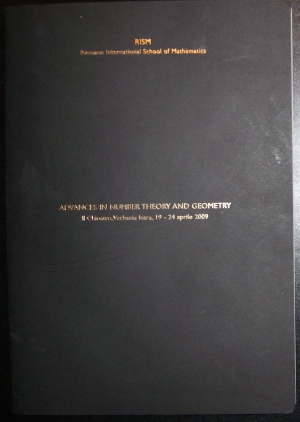All unbiased observers agree that Rugby is the greatest of all team sports. Unbelievers should need no more than one look at this video to be convinced: a whole minute of play without interruption, ranging over the (large) field from one end to the other (both in length and width), ending with a try scored by the great Serge Blanco after ten or eleven players on his team touched the ball. This was during the last minute of the semifinal of the first Rugby World Cup, in 1987, between Australia and France (the French, having won this game to almost general surprise, rather characteristically lost the final game againt New Zealand).
One possible problem with Rugby is that it may be considered to be a bit on the violent side. It’s not quite as bad as suggested by Astérix chez les Bretons:
but it is sometimes a bit scary to see three or four fast and powerful players running towards the gallant arrière as he positions himself to catch the ball falling after a big parabolic kick (une chandelle, as we say in French), knowing that the rules allow them to do most anything to take it back — it is not permitted to jump at his throat, or to catch him in midair, but as soon as he has his feet back on the ground…




